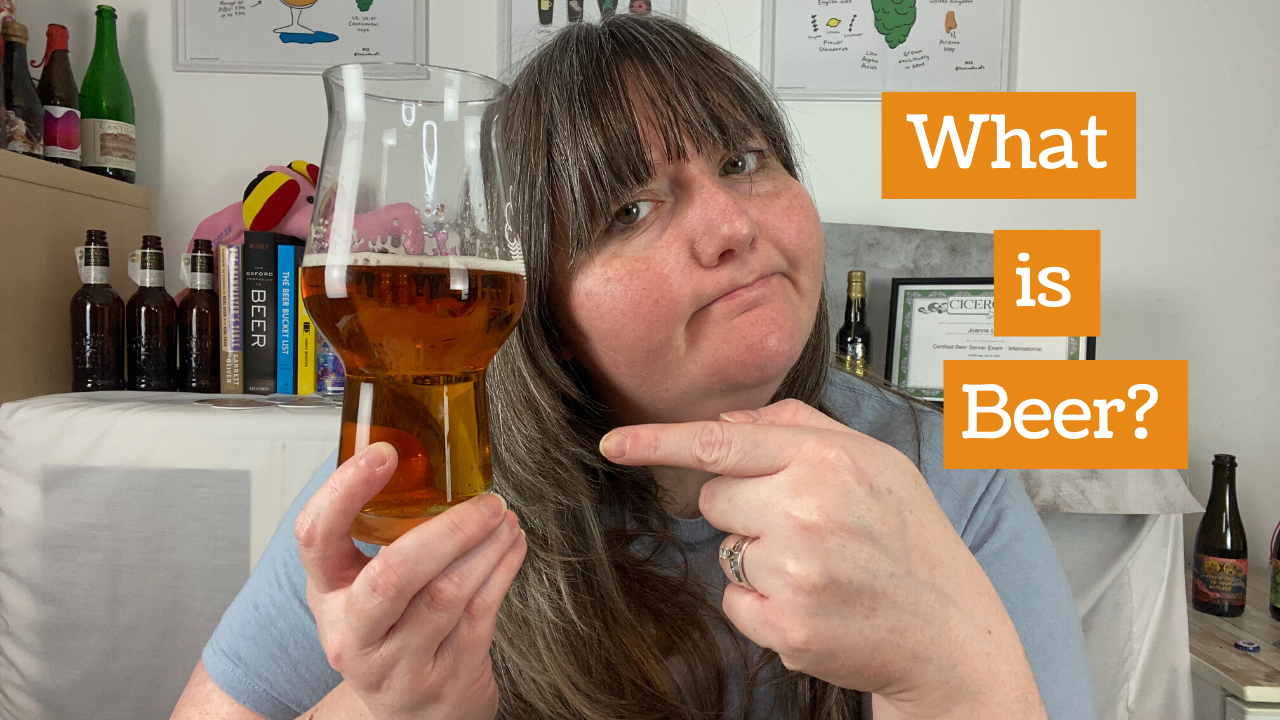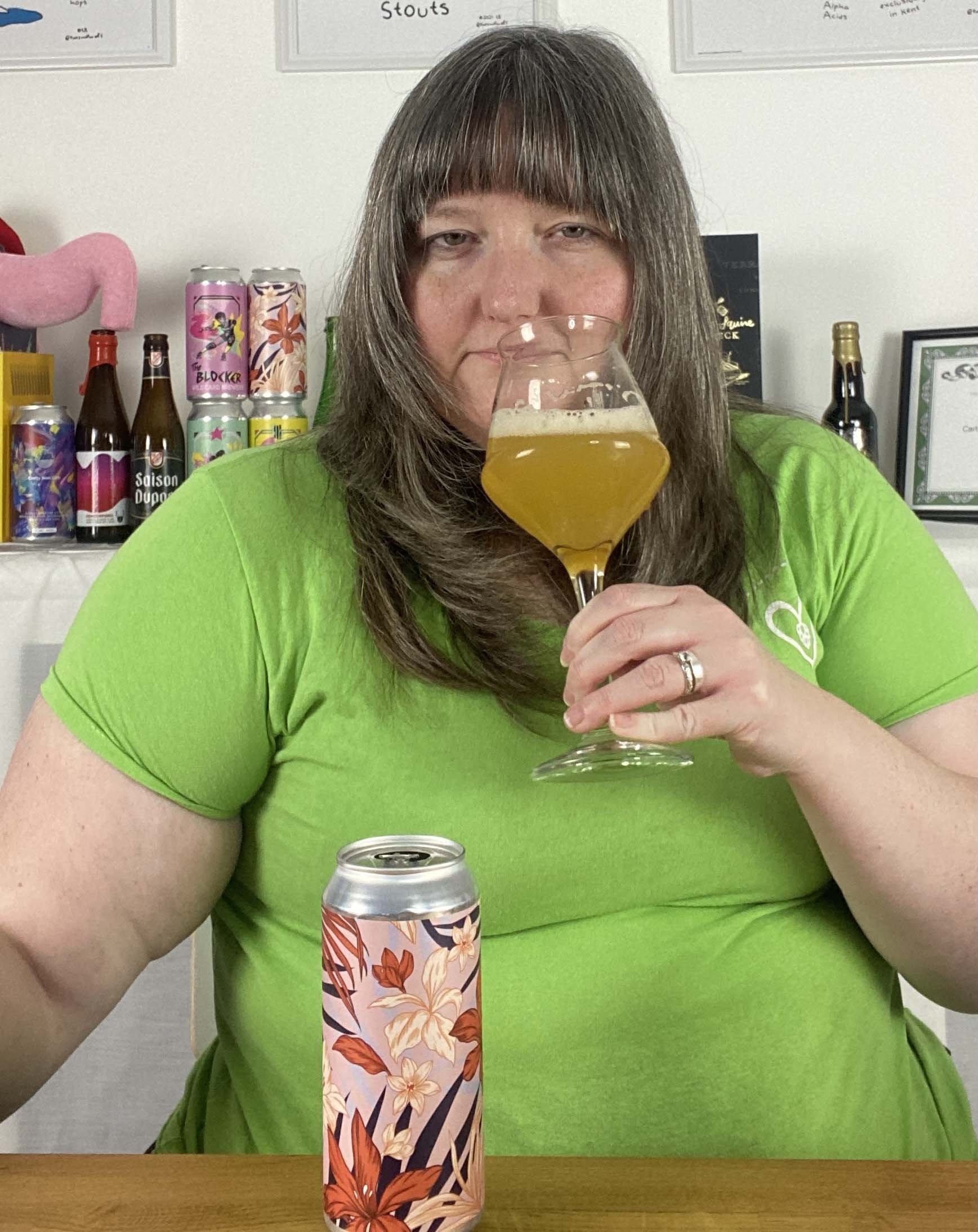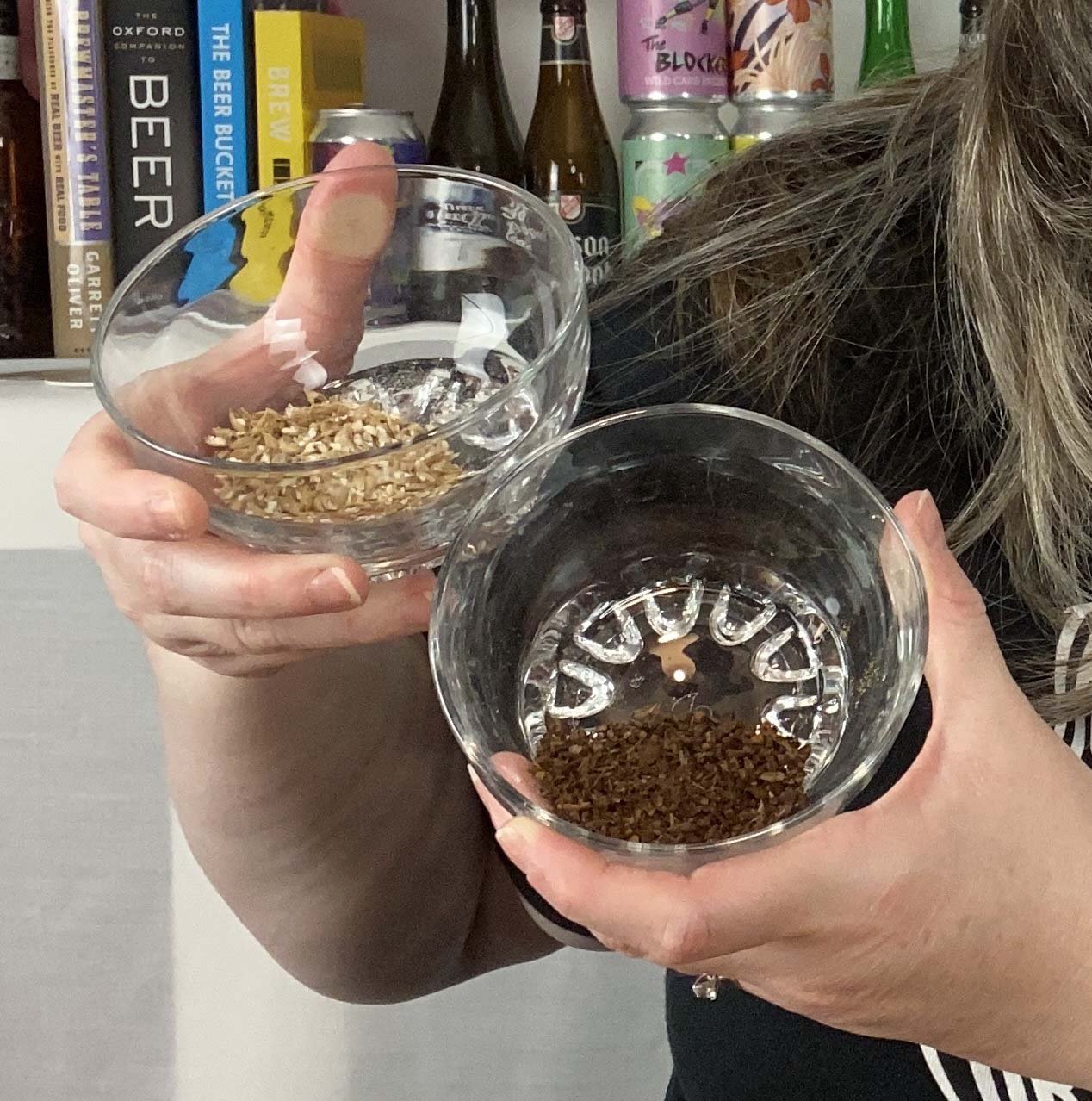What is Beer?
You know you love beer - that sweet amber nectar. (Sorry for the macro reference there!) But what is beer? Let's go back to basics and take a look.
Do you remember what your first beer was? I feel like for quite a lot of us, it was probably something Macro. It was probably yellow and fizzy. Whatever was on the bar at the time. But what about that first beer that got you into loving beer? I remember mine. It was a Sam Adams Boston lager. I was working in America at the time. Someone was getting a round in and I said I don't like beer. I was handed a Sam Adams Boston lager - it wasn’t yellow and fizzy. It's amber or brown for a start, and there was flavour in it. I was shocked. From that moment on, I made it my mission to enjoy every beer I could get my hands on. I've been lucky, I've managed to travel quite a bit and I have tried lots of different beers. But what was your gateway beer? Let me know in the comments now.
Now that we're into beer, what actually is beer?
What is beer in history?
So the dictionary says that a beer is an alcoholic drink made from yeast fermented malt flavoured with hops. That doesn't really sound like that exciting drink that I get in my glass. What is beer to us? Let's have a quick look at the history of beer. Beer has been around for thousands of years. The first recorded beer recipe was found in ancient Sumeria, which is now Iran, and is called The Hymn to Ninkasi. This ancient beverage is made from four ingredients - water, malt (usually malted barley), hops, and yeast. When beer was originally being made, it didn't use hops. It used a mixture of herbs and spices called gruit, which became quite expensive and was regulated. So brewers found hops, they found it added flavour and it added preservatives as well as being cheaper.
Another part of beer history that you might have heard of is the Reinheitsgebot, which was a German law. This was put in place to make sure that beer was only made with four ingredients. Now at the time, it was actually only three ingredients, water, barley, and hops. At the time that the law was put in place they didn't know that yeast existed, it hadn't been discovered yet. They thought that fermentation magically happened. The law was later updated once yeast had been discovered at the Carlsberg brewery. (Let's not talk about wheat beers, though, because Bavaria still let the wheat bit slide through.) That may well have influenced what you find in your glass today.
What is beer made of? - Water
Beer is, as I've said before, made of four ingredients. Water, malt, hops, and yeast. Let's look at each of those. Your beer is made up of 90% water. The water profile is very important to brewers - places like Burton on Trent, where the IPA was born, used their local water and this began the development of that style. You will find that different water profiles have developed different beer styles from around the world. Nowadays, brewers can recreate the different water profiles from the places where beers were originally created. Sometimes it's not quite right. My beloved Sam Adams Boston Lager is now brewed by Shepherd Neame here in Kent, over here in the UK. I'm really glad that I can get it more regularly, however, there's just something not quite right about it. And I asked about it went on a visit to the brewery and they admitted that the water just isn't quite the same as in Boston.
Read more about been ingredients here.
What is beer made of? - Malt
Our next ingredient is malt. When we say malt we generally mean malted barley, but you can also use malted wheat or oats or other grains. Other grains that are unmalted can also be added and these are called adjuncts. We're thinking about rye, spelt, rice, corn, or even sorghum, which is a grain that is used in Africa. And if you get to try beer made with it, do grab it. Malt is the backbone of your beer. It adds colour, flavour, aroma, and most importantly, fermentable sugars. Without those fermentable sugars, we wouldn't get alcohol. So that is a very important part of the brewing process. Malts are divided into base malts and speciality malts. The base malts provide most of the fermentable sugars, so they will be the highest percentage that is in a beer recipe. The speciality malts are then adding more interesting flavours, aromas and colours. They might be more highly roasted, and add characteristics like caramel, chocolate and coffee. If you've ever thought or you've heard someone say that a double IPA or maybe a triple IPA is higher ABV (higher in alcohol) because of the added hops, this is not correct. That alcohol comes from the fermentable sugars added by malt, and then it is created by the yeast. Those beer styles will contain more malt in the recipe to balance the hops, and therefore have more alcohol as a result.
Learn a bit more about malt in this blog post here.
What is beer made of? - Yeast
Yeast can sometimes be the unsung hero of our beer. Different yeast strains will create different types of beer and different effects. There are two main categories of yeast that are used in beer, ale yeast and lager yeast, ale yeast is called Saccharomyces Cerevisiae, lager yeast is called Saccharomyces Pastorianus. Yes, it's named after Pasteur. They work in very different ways, and different strains of ale yeast will produce different flavours and aromas, called esters and phenols. We'll talk about that more in another post. These are our cultivated yeasts that we've used over many years. You can also get a third grouping, which is from the wild side of yeast. Wild yeasts that are in the air can ferment beer, or that are found on fruit like Brettanomyces. Or we can use bacteria like lactobacillus or Acetobacter to produce interesting sour beers.
What is beer made of? - Hops
Finally, let's have a talk about those hops. Hops are evolving all the time. There is a massive science around developing new hops that have interesting flavours and aromas, and also that can survive different conditions when growing so that we can get bigger yields. Hops used to be separated into two different categories, there would be your bittering hops and your aroma hops. Bittering hops were added at the beginning of the boiling process in beer to add bitterness, and the aroma hops were added at the end to add flavour and aroma. Nowadays, there's a bit more of a crossover as brewers experiment. But even a stout will need some hops in it to add some bitterness to balance the sweetness. Hops are also different depending on where they are grown. We currently separate them into four different regions, English hops, German and Czech hops, American hops, and New World hops from Australia and New Zealand. However, there are hops grown in other regions. The continent of Africa has some interesting hops that are being used in brewing today. Check out Eko Brewery to find those. Each area will provide different flavours and aromas from their hops. With innovations in agriculture, it is possible to grow interesting hops from other countries in other places. For example, we are currently looking at developing English Cascade, which is normally an American hop.
Read about some different hop varieties here.
With this plethora of ingredients, brewers can create really complex beers to make our palates excited. Depending on the ingredients that they choose. Brewers can create a range of flavours for us to enjoy.
If you are ready to pick your next favourite beer, check out this blog post with my top tips for choosing beer you will love.





